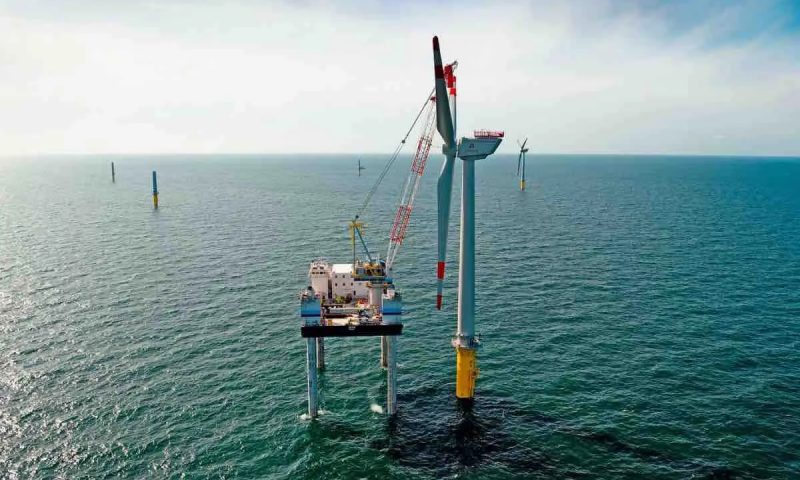
Victoria sets “game changing” offshore wind target of 9GW to replace coal
Victoria has announced an ambitious new plan to accelerate the rollout of offshore wind energy generation projects in the state, setting rolling targets of 2GW installed by 2030, 4GW by 2035, and 9GW by 2040.
In a State of the State speech at a CEDA luncheon in Melbourne on Friday, Victoria’s Labor Premier Daniel Andrews announced the “new and even more ambitious” renewable energy goals for the state, which he said his government planned to “meet and exceed.”
In a release detailing the new targets, the state government said the first power from offshore wind was expected as soon as 2028 following a competitive process.
“For the first time anywhere in Australia, we will set a minimum target for offshore wind power generation,” Andrews said.
“By 2032, Victoria will reach a massive 2GW of offshore wind energy production, that’s the equivalent of 20% of Victoria’s energy needs today, [and] set a target of 4GW by 2035 and, finally, 9GW by 2040 – targets, ladies and gentlemen, that we will meet and we will exceed.”
Victoria, which has legislated a target for a 50% renewable energy powered electricity grid by 2030, was the first state in Australia to have an offshore wind project proposed off its coast – albeit in federal waters.
That project, the 2.2GW Star of the South, is proposed for waters off the south coast of Gippsland in Victoria, and remains on track to be the first offshore wind farm in Australia.
In 2021, the project entered into a $43.1 million partnership with the Victorian government designed to accelerate its development, and establish the beginnings of a local Victorian offshore wind industry.
It’s overall progress has been delayed, however, by the wait for federal legislation – finally passed in November of last year – enabling offshore electricity projects to be built and operated in Australia; the Offshore Electricity Infrastructure Bill 2021.
The new, rolling targets from Victoria are clearly an effort by the state to make up for that lost ground, in an area that will be crucial to its shift to renewables beyond 50 per cent.








